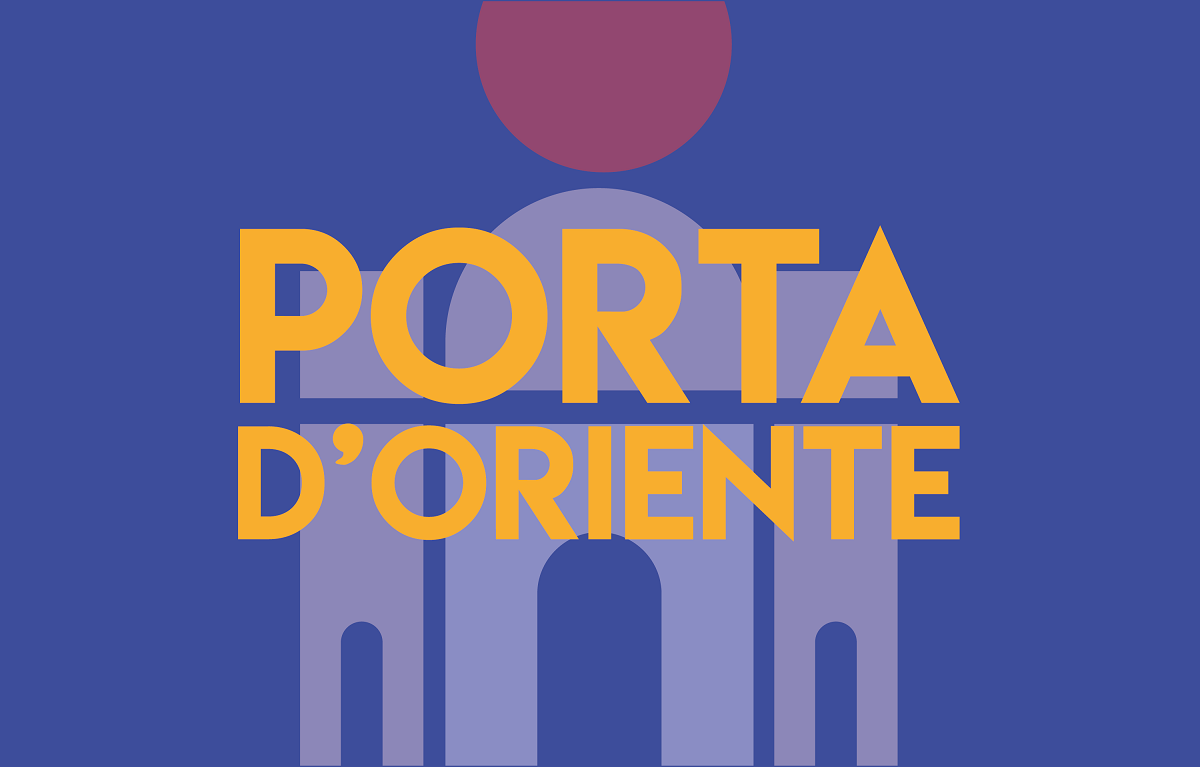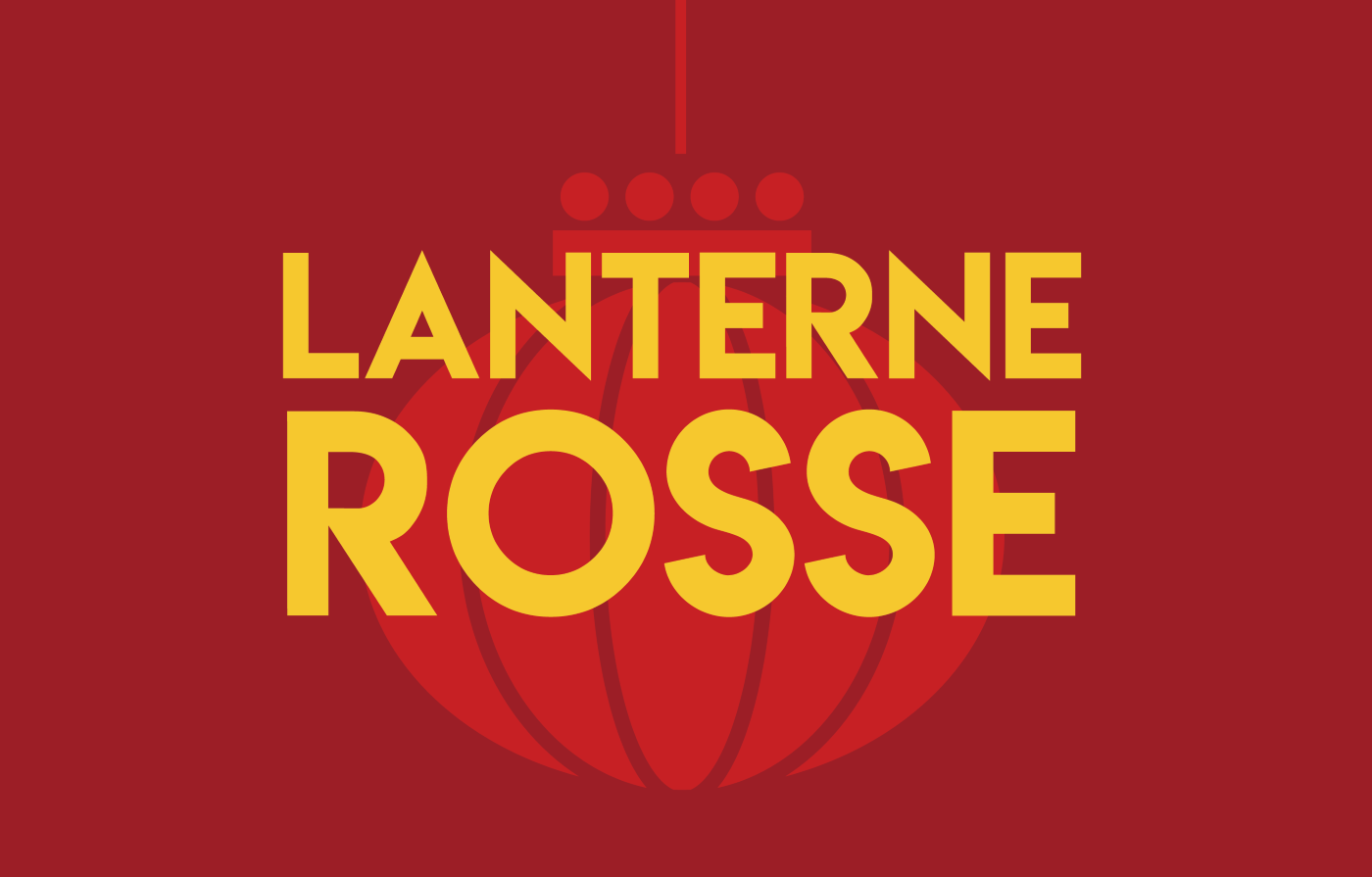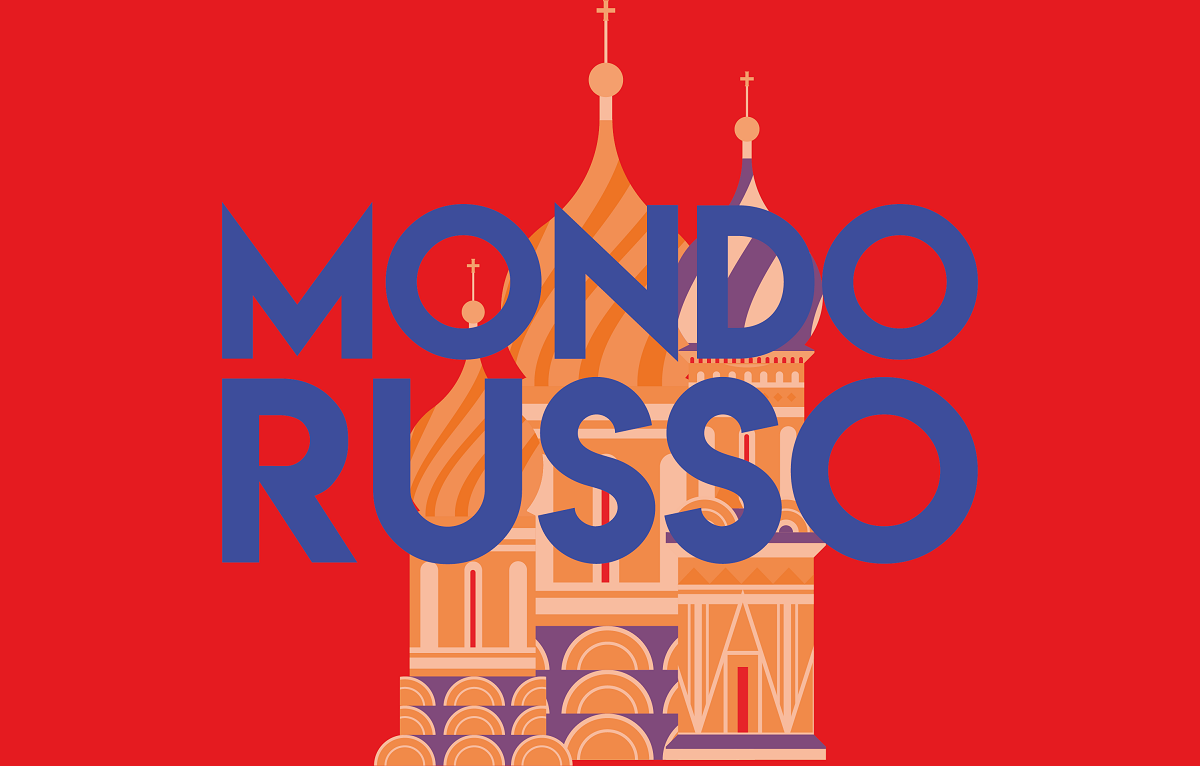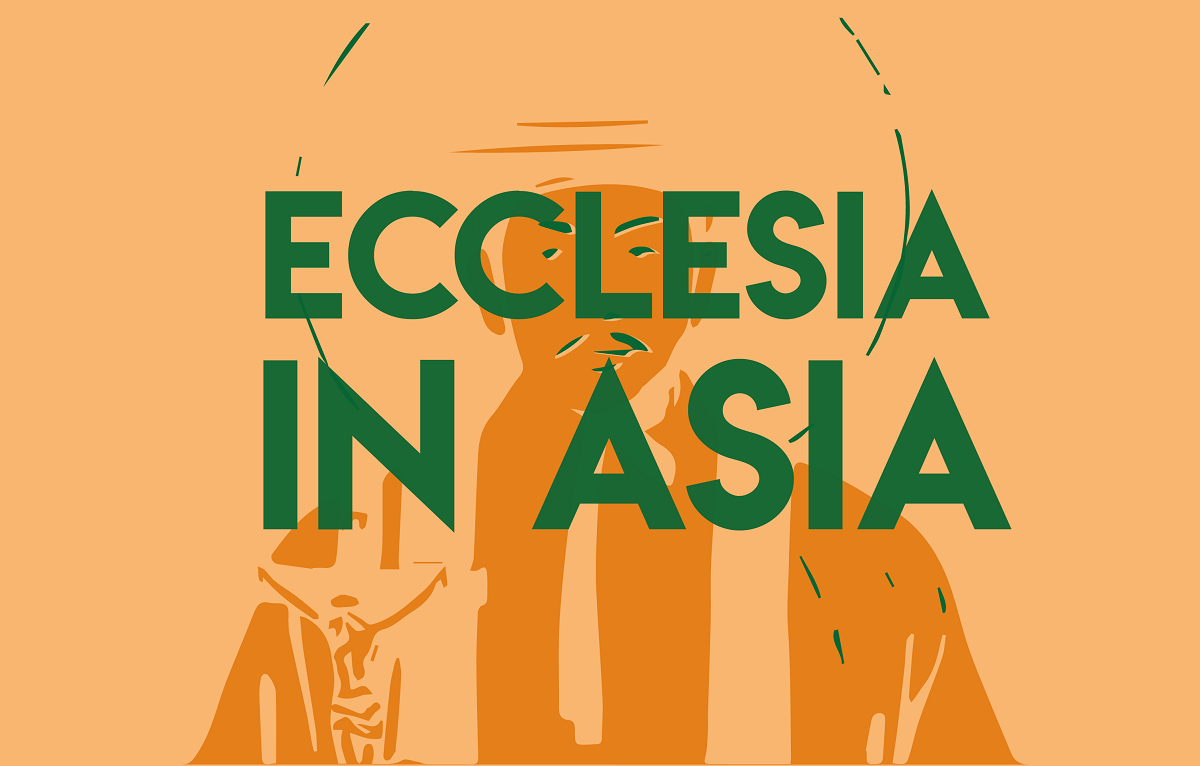Fr. Brambillasca: the Mission in China, the centre of PIME's history and future
The PIME superior general addressed the conference on ‘Another China: time of crisis, time for change’. In addition to Card Pietro Parolin, participants included Filippo Fasulo (ISPI), Lisa Jucca (Reuters), Lala Hu (Università Cattolica, Milan), and Fr Gianni Criveller (PIME). Looking at the various features of the Chinese cultural sphere “beyond biases and fears” was its focus.
Milan (AsiaNews) – Fr Ferruccio Brambillasca, superior general of the Pontifical Institute for Foreign Missions (PIME), ended his address at the conference on Another China, saying that “The Mission in China remains the centre of our history and the future of our Institute.”
The conference, held last Saturday at the PIME auditorium in Milan, was the final stage of a campaign launched by PIME in Milan titled Another China: time of crisis, time for change, aimed at getting closer to this great country, transcending “biases and fears” by looking at its various features.
Vatican Secretary of State Card Pietro Parolin was also present. His address, already covered by AsiaNews, highlighted the friendly élan and openness to dialogue of PIME missionaries towards China, an approach he also claimed for the Holy See, which has recently sought to renew a temporary Sino-Vatican agreement on episcopal appointments.
Other guests highlighted various aspects of the Chinese cultural sphere. Filippo Fasulo, from the Italian Institute of Political Studies (ISPI) and the Italy-China Foundation, focused on ‘China’s repositioning on the world stage after the Coronavirus emergency’. Reuters columnist Lisa Jucca spoke of ‘China’s economic policy and the Hong Kong “issue”’, noting the evolution of the former British colony from a ‘gateway to China’ to ‘a funnel for exporting capital’. Economics Prof Lala Hu, from the Università Cattolica of Milan, showcased her work on ‘Italy’s “new Chinese”, youth between two worlds’, centred on Chinese communities in Italy, and the different waves of migration.
In closing the conference, Fr Gianni Criveller, PIME, presented an overall view of the history of PIME missions in China and Hong Kong, highlighting not only their evangelising role, but also the assets and contributions they brought to the human, economic and cultural progress of China. Here is Fr Ferruccio Brambillasca’s address.
This conference is held on the occasion of the celebrations for the 150th anniversary of our Institute in China. The subtitle of this conference, CRISIS (challenges) and CHANGES, well expresses China’s current reality. Similarly, I believe that the history of our Institute in China can be summarised by these two words: challenges and changes.
The first group of PIME confreres arrived in China, in Hong Kong, in 1858, coming from the mission of Melanesia. It included Frs. Reina and Raimondi and catechist Tacchini. This group of confreres came from the painful "failure" of the mission in Oceania, and set foot on Chinese soil for the first time without any obvious preparation. They faced a complex world, with a history of thousands of years, which they did not they know at all. This was the first challenge, the first crisis!
Our Institute arrived in mainland China for the first time in 1870. For the past 150 years, it has offered martyrs, bishops and many missionaries who have worked tirelessly for the mission in China, a mission full of challenges and changes. We cannot fail to remember today this long list of witnesses, an important aspect of the history of our Institute.
On this list we must certainly write the name of many Chinese lay people who were close to our missionaries, showing courage and devotion, making great sacrifices, a sign of a Church that, even today, continues through the witness of the laity.
Bishop Gaetano Pollio of Kaifeng was one of the figures of our Institute who worked in China until his return to Italy in 1951. I remember him in particular because I was lucky enough to know him personally when I was a young seminarian.
When Bishop Pollio returned to Italy, he first became bishop of Otranto (where he was welcomed as a "martyr from the land of martyrs") and then of Salerno.
As soon as he arrived home, Bishop Pollio said: “Now I am in my homeland. Even though I feel surrounded by affection and esteem, my heart remains over there, in Kaifeng ... The only hope that sustains me in exile is resuming the journey, crossing the seas again, going back over there in Kaifeng to live the rest of life until the last breath, to rebuild the mission ...".
I think that these feelings of affection and respect for the mission in China are the same as the feelings of the many of our missionaries who have worked in China over this period of 150 years, despite the hardships, misunderstandings and cultural difficulties that every missionary can encounter in China.
A few years ago, I visited our four former missions in China.
The Hanzhong mission is in Shaanxi. Here the diocese has about thirty priests, most of whom are young, a small group of seminarians and a group of nuns. Three clinics constitute the local charity work. There are about 40,000 Catholics.
The Nanyang Mission is in Henan. The diocese has several female religious congregations, with 25 priests and a Catholic population of about 25,000.
The Kaifeng mission is in Henan. The faithful number around 30,000.
Finally, the Anyang mission is in Henan. Here there is a congregation of nuns founded by PIME missionaries; the Congregation of St Joseph has almost 120 nuns who work in several eye clinics and one hospital. The diocese has about thirty priests and 40,000 members.
Visiting all these former missions of ours, I noticed that our missionaries had a very precise "organisational chart" to run our missions, always attentive to local culture and customs in terms of the way they dressed and the ways they set up facilities.
This is a bit of our history, in a nutshell . . . But what does this history teach us? What are the challenges and changes in working in China, in a highly evolving China?
The history of our mission in China teaches us that to work in China we need missionaries who love being among people, who love these people: patient missionaries, reliable missionaries who can do something truly useful for the Chinese people, men of prayer who offer a true and reliable example to Chinese Catholics, missionaries who live charity above all else, missionaries who appreciate and study the local language and culture.
As far as possible, our Institute still tries today to train such missionaries who feel like working in China.
The Mission in China remains the centre of our history and the future of our Institute. In recent years, some of our missionaries have worked in mainland China. I sincerely hope that this work will continue for the sake of the Chinese people, who are a significant part of humanity.
I want to thank you for listening. In particular, I thank His Eminence Cardinal Parolin for His presence among us.
19/02/2019 19:35
20/05/2019 17:04
03/04/2008






.png)










